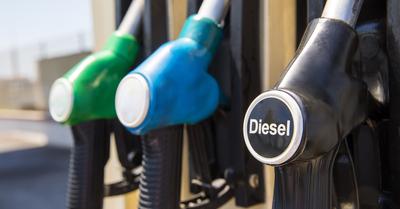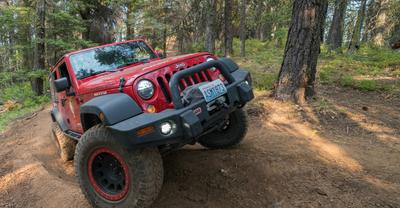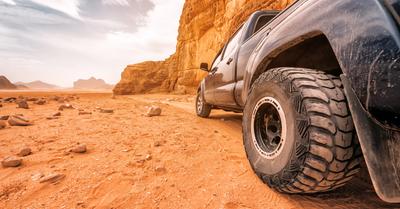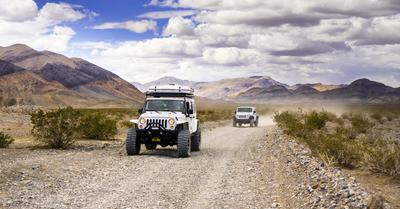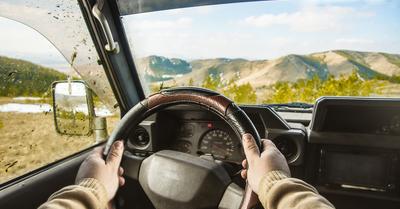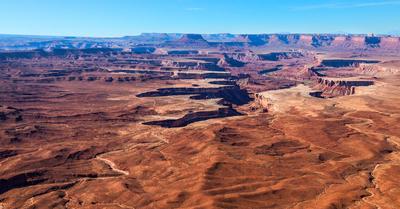Have you ever run out of kerosene, and wondered, can you use off-road diesel in a kerosene heater?
You can actually use off-road diesel in your kerosene heaters. In fact, diesel burns very well in your regular kerosene heater, but can come with the risk of reducing the life of the wick. As a temporary replacement though, diesel works just fine.
While you can use diesel as a replacement fuel for when you run out of kerosene, there are some extra steps you need to take to make sure you’re not harming your heater.
We’ve experienced the ups and downs of burning diesel in a kerosene heater, so that you won’t have to. With that, let’s look at some of the things to keep in mind.
This article may contain affiliate links where we earn a commission from qualifying purchases.
Burning Diesel in a Kerosene Heater
There can be a number of ways you may want to burn diesel instead of kerosene. It could be because you’re running out of kerosene and not having the means to buy more, or even if you’re just trying to cut down on fuel costs by opting for diesel, which is less expensive.
Either way, it is safe to use diesel in your heater instead of kerosene, since diesel and kerosene are very similar distillations with a flash point that lies within the same temperature range. The only difference is that diesel burns a little bit cooler than kerosene, which can result in the wick having greater carbon build-up at a much faster rate than kerosene.
Still, this doesn’t put your safety at much risk, so if you have no other option, diesel is fine for burning in a kerosene heater.
Which Kind of Diesel Can You Use As A Replacement For Kerosene?
There are [two main grades for diesel](https://www.military.com/off-duty/autos/going-diesel-types-of-diesel-fuels.html#:~:text=Standard%20diesel%20fuel%20(sometimes%20called,and%20how%20fast%20it%20burns.), depending on its cetane content. This indicates how easy it is to burn, and how fast it burns as well.
#1 Diesel
This kind of diesel is very similar to kerosene in composition. Since paraffin wax has been removed, it burns clearer than #2 diesel, and is more viscous, so it has less gelling problems in colder weather.
#2 Diesel
#2 diesel is less refined, and is not as similar to kerosene as #1 diesel. It does not burn as easily or as cleanly as the other option, but it will still work in a kerosene heater, and is often cheaper. It also has a greater energy capacity.
Red Dyed Diesel
This kind of diesel is often called off-road diesel, and is no different from any other kind of diesel, except that it is dyed red for tax purposes. On-road diesel is taxed at a higher rate than off-road diesel. As a result, it is much cheaper than other kinds, but is illegal to use in your on-road vehicles. However, this is not a problem for heaters.
Biodiesel
Biodiesel is also available for use in kerosene heaters, but has a 5% organic component. It functions just as well as a heating fuel, but the burn quality will vary depending on the product.
How to Burn Diesel In a Kerosene Heater
Additives
When using diesel in a kerosene heater, you need to have an additive so that the diesel burns properly. Since diesel burns at a higher temperature, it can lead to incomplete combustion since the heater works at temperatures meant for kerosene. The flow of fuel will be reduced through the wick, which can result in the build-up of carbon, and clogging. This reduces the wick’s life and can cause problems down the road, even if you switch back to kerosene.
To reduce this issue, you can use additives to make the diesel burn cleanly. These could be isopropyl alcohol at 91% purity or higher, kerosene additives, diesel additives, or even just kerosene.
The proportions for each of these additives are wary. For isopropyl alcohol, you can add 5ml of it to 1 pint of diesel for best results. However, because every gas station has a different quality of diesel, you may have to adjust this a bit.
Kerosene and diesel fuel additives can be added based on the proportions mentioned on the bottle.
The best additive for diesel is just straight kerosene. This is also the easiest because you don’t need to maintain a specific ratio, or any special kinds of additives. You can fill the heater tank with 2/3 to ¾ diesel, and the rest with kerosene, and it will work just fine. The greater the amount of kerosene you add, the less likely it will be that you end up causing damage to your wick.
Wick
You can also reduce the problem by using cotton or fiberglass wicks. Fiberglass is good for kerosene but not the best when it comes to diesel, so you may have to remove it and clean it out when the carbon starts to build up.
Cotton wicks are better for diesel burning than other options. They don’t last quite as long, but the burned edges get trimmed away so it doesn’t result in clogging or carbon build up.
Let the wick soak up the diesel for about half an hour before you start up the heater. If you don’t, you will just burn the wick itself.
Safety Precautions for Burning Diesel in a Kerosene Heater
Since kerosene heaters can get very hot, you should make sure that the heater is not close to any kind of flammable substance. Make sure you don’t store your fuel near the heater while it’s running.
Kerosene heaters will also usually not have vents, which can expose you to combustion gasses and result in carbon monoxide poisoning which can be extremely dangerous. Make sure there is enough ventilation if you’re indoors, and never leave a kerosene heater running while you sleep.
Heaters will usually come with venting guidelines to prevent such issues, but since diesel doesn’t burn completely, it produces more carbon monoxide, and it is always safer to increase the amount of venting for safety precautions.
Even if they’re low on fuel, you shouldn’t expect them to just turn off on their own. When the fuel is running out, they produce a lot more harmful fumes than they do otherwise.
Additionally, one thing to keep in mind is that diesel is not as pure as kerosene. While dangerous fumes are not too much of an issue, there is always the chance of burning the wick, which can produce fumes as well.
Problems of Burning Diesel in a Kerosene Heater
Wick Burning Trouble
As mentioned earlier, there could be problems with how long the wick lasts. Sometimes, you may even have trouble with lighting the wick at all and making it stay lit. It becomes even trickier if you’re using biodiesel.
For this, you’d have to keep the wick much lower than normal, and will have to replace it sooner.
Efficiency
Though diesel has a greater energy capacity than kerosene, using diesel as a replacement is not very efficient. This is because kerosene is a refined distillation, while diesel is not. As a result, diesel sometimes does not combust fully.
On top of that, since diesel burns at a higher temperature, there may be issues if you are in a space where it is cold, or if there are fans.
Gelling
Sometimes, at colder temperatures, diesel starts to gel up. This will give you issues if you need to start up your heater, and will cause further problems because you’d have to clean out your heater much more often.
So, while it is possible to use diesel in your kerosene heaters, it is best to keep it as a temporary replacement instead of long-term.



